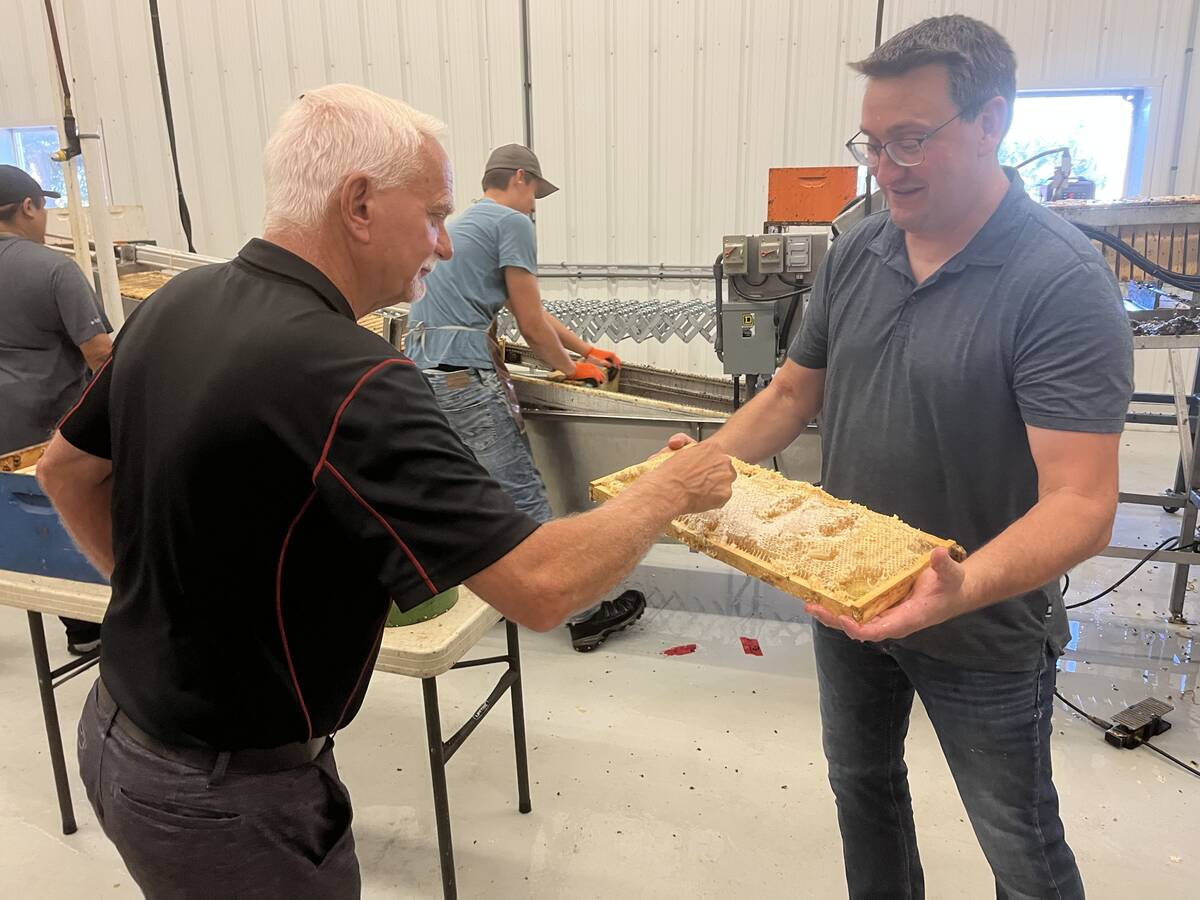MSW, RSW
Parents’ ongoing task to educate children
Parents should be prepared to teach their children the facts and their values about sex and sexuality.
Family life courses are needed in schools to provide an objective and perhaps less threatening way for children to receive correct information about their bodies and the physical and emotional changes they will go through as they mature. But unless this is accompanied by information provided at home, children may not learn to feel comfortable with the subject.
Read Also

Alberta honey business ‘thrives’ despite bumpy beginnings
Thrive Honey showcases its honey production in market where Alberta produces 40 per cent of all honey produced in the country
An excellent teaching resource is the book More Speaking of Sex: What your children need to know and when they need to know it, by Meg Hickling, Northstone Publishing 1999, contact 800-663-2775 or at the website: www.joinhands.com.
Research has shown that the more children know, appropriate to their age, and about how their body works, the more they will be protected from sexual abuse at all stages in life.
Hickling doesn’t lecture. She shares real stories that show by example that you can’t over-teach a young child about sexual facts. Children will ignore anything they cannot comprehend. Hickling sorts children by the nature of their responses, not their ages. The four age categories – preschoolers, primaries, intermediaries and teens – are subtitled, Magical Thinkers, The Bathroom Humour Types, The Gross-Me-Outers, and The People Who Don’t Know That They Don’t Know.
Hickling pops the balloon on many myths about sexuality, often in a humorous way. But she also has a serious side. As a nurse, she has dealt with sexually transmitted disease throughout her career. The information about STDs is factual, accurate, and at times almost overwhelming with respect to how easily a young person can harm themselves for life by not being sexually safe.
An important part of her book is called ‘Straight answers to the questions your children will ask.’ This section is certainly helpful to parents. It also stresses that children know a great deal more about sexuality than most parents expect. This should not, however, prevent parents from carrying out their responsibility to ensure their children know the facts and how to be healthy individuals.
As I read this book, I thought of a humorous incident from my own adolescence when my mother, noting a bulge in one of the pockets of my pants, asked “What’s that in your pants?” Because she had been open and frank about sexuality during my growing up, I was able to reply back, “That’s me.” I didn’t blush. She did.
















